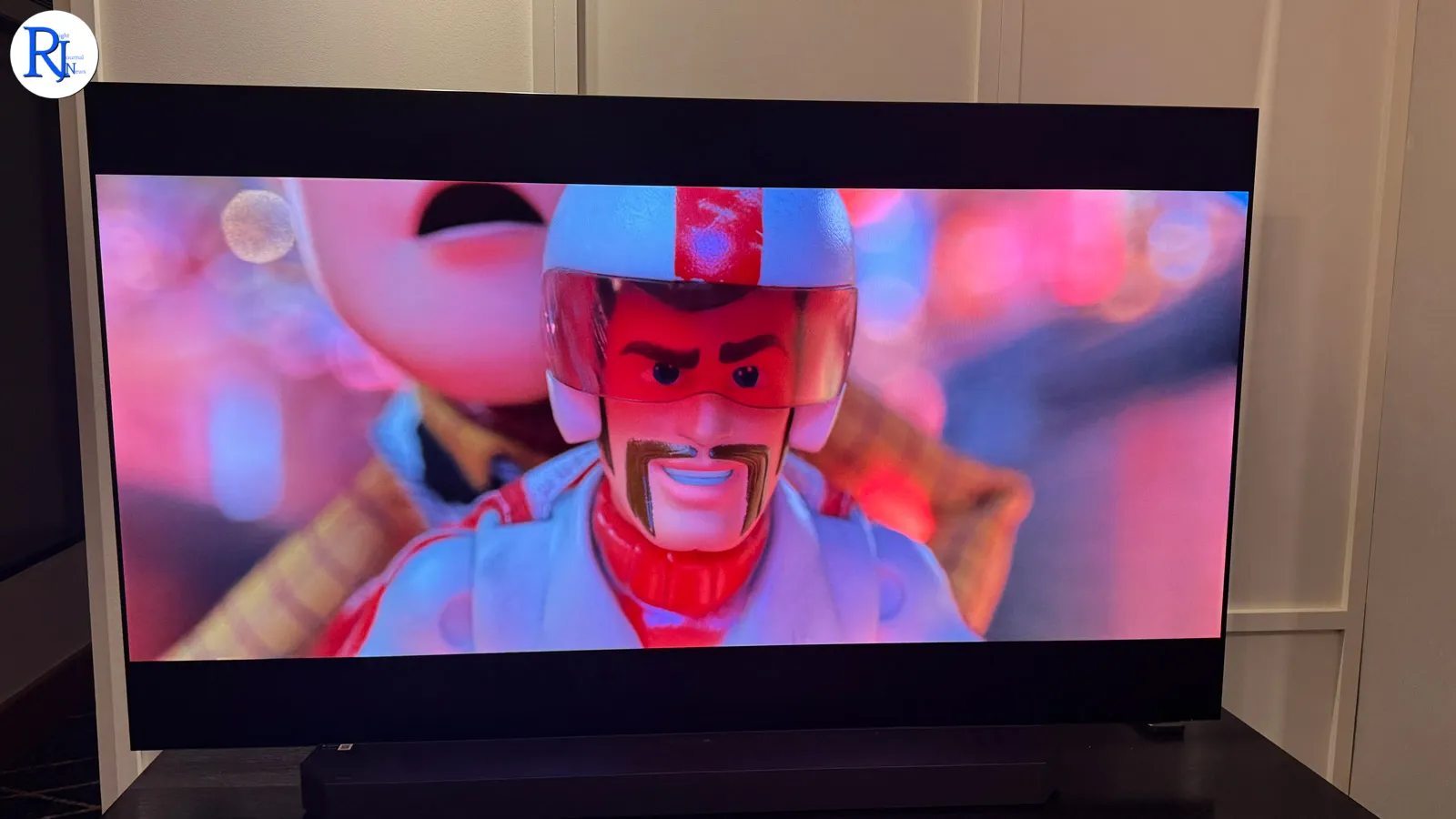Samsung’s latest innovation, the S95F television, has caught the attention of tech enthusiasts with its advanced anti-glare technology. This development marks a significant step forward in display technology, ensuring viewers can enjoy their favourite shows without the distraction of screen reflections. However, while this feature is impressive, the anticipation for what other TV models in 2025 will offer is even more palpable among consumers and industry experts.
The unveiling of the Samsung S95F took place in Seoul earlier this month, showcasing a range of features designed to enhance the viewing experience. Central to its appeal is the cutting-edge anti-glare technology, which promises to eliminate the common problem of reflections in brightly lit rooms. This feature is particularly beneficial in modern living spaces with large windows or open-plan designs where controlling light is challenging.

Innovations in Display Technology
The Samsung S95F is not just about anti-glare capabilities; it represents a broader trend in television technology aimed at enhancing picture quality and user experience. According to Samsung’s lead engineer, the new model incorporates advanced OLED technology, providing richer colours and deeper blacks, which are essential for an immersive viewing experience. “Our goal is to merge technology with lifestyle,” said the engineer, highlighting the company’s commitment to innovation.
In addition to the anti-glare feature, the S95F offers enhanced sound quality and smart home integration, making it a comprehensive entertainment hub. These advancements reflect a growing demand for televisions that not only deliver superior picture quality but also integrate seamlessly with other smart devices in the home.
Consumer Preferences and Market Trends
Despite the impressive features of the S95F, consumer excitement is building around the potential developments in other 2025 television models. Industry analysts predict that competition will drive further innovation, with companies like LG and Sony expected to introduce models focusing on different aspects of the viewing experience. This anticipation is fuelled by the rapid pace of technological advancements and evolving consumer preferences.
A recent survey by TechRadar revealed that while picture quality remains a top priority for buyers, other factors such as ease of use, connectivity, and eco-friendliness are increasingly influencing purchasing decisions. As consumers become more environmentally conscious, the demand for energy-efficient models is likely to shape the future of television technology.
Expert Insights on Future TV Technology
Experts in the field suggest that the next wave of televisions will likely focus on integrating AI and machine learning to personalise the viewing experience. Dr. Emily Chen, a technology analyst, believes that future models will offer more than just improved picture quality. “We are moving towards a future where TVs will adapt to individual viewing habits, suggesting content and adjusting settings automatically,” she explained.
AI-driven features could include voice recognition, content recommendations based on viewing history, and dynamic sound adjustments, all aimed at creating a more intuitive and personalised user experience. Such innovations are expected to redefine how consumers interact with their televisions, making them a central component of smart home ecosystems.
Looking Forward: The Impact on the Industry
The advancements seen in models like the Samsung S95F and the anticipated features of upcoming televisions have significant implications for the industry. As technology continues to evolve, manufacturers will need to balance innovation with affordability to remain competitive. The focus will likely shift towards creating versatile, user-friendly products that cater to diverse consumer needs.
Furthermore, the integration of sustainable practices in production and design will become increasingly important. Companies that prioritise eco-friendly materials and energy efficiency will likely gain a competitive edge in the market. As the industry moves forward, the challenge will be to innovate responsibly while meeting the demands of a tech-savvy and environmentally conscious consumer base.
In summary, while the Samsung S95F’s anti-glare technology is a noteworthy advancement, the excitement for future television models lies in the potential for even greater innovation. As companies push the boundaries of what’s possible in display technology, consumers can look forward to a new era of television that offers enhanced functionality, personalisation, and sustainability. The coming years promise to be transformative for both the industry and viewers, as technology continues to evolve at an unprecedented pace.

